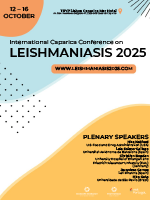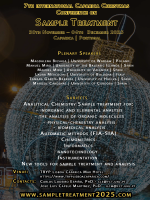Use of Optical Coherence Tomography on detection of postmortem Ocular findings: pilot data from two cases
DOI: 10.5584/jiomics.v8i1.226
Abstract
PURPOSE: The aim of this study was to describe by means of a portable Optical Coherence Tomography (OCT) the postmortem ocular findings in two cases of forensic interest.
CASE 1. A 41-year-old Caucasian man, dead from a gunshot in the head, was found inside his car. Time of death was precisely assessed from the testimony of eye witnesses. The body was transported at the Morgue of Medico-Legal Institute at the University of Cagliari for autopsy. OCT scans of cornea, anterior chamber and retina were performed at the 6th, 12th and 24th hour postmortem without change eyelid opening status. Corneal examination showed a progressive tendency of tissue to thickening. From a morphological point of view, we also observed a progressive formation of waves in the posterior stroma and in the endothelium [we decided to call this phenomenon, described by our group for first time, Nioi-Napoli sign (NN sign)]. An ongoing modification in reflectivity between anterior (hyperreflective) and posterior (hypo-reflective) segment of the corneal stroma was detecetd and a progressive decrease in amplitude of anterior chamber, mainly related to changes in tissue curvature. The retinal tissue showed since the first scan an increasing trend of retinal oedema togheter with a diffuse vasal depletion. It was also detachable the formation of a scleral tache noir.
CASE 2. A 42-year-old woman, dead from myocardial infarction, underwent an autopsy at the Medico-Legal Institute at University of Cagliari (as suspected case of medical malpractice). Exact time of death was deduced by certificate of death drawn up by the emergency medical team. Scans of cornea, retina and anterior chamber were executed at the 24th, 36th and 48th hour postmortem. From the first scan an enhancement of corneal thickness, if compared to the physiological in vivo ranges, was detected; a change in corneal curvature was observed while no images form the retinal tissue was achieved. Late scans evidenced a progressive corneal endothelial exfoliation, and an enhancement of posterior stroma waving. CONCLUSION Portable OCT may be an useful device to observe and to record postmortem ocular changes.1,2,3 Its use could represent an important tool to study the early and the late modification of ocular tissues, with a special interest in the forensic scenario as post mortem interval estimation (PMI estimation) and in ophthalmology (viability of cornea for transplantation purposes).









